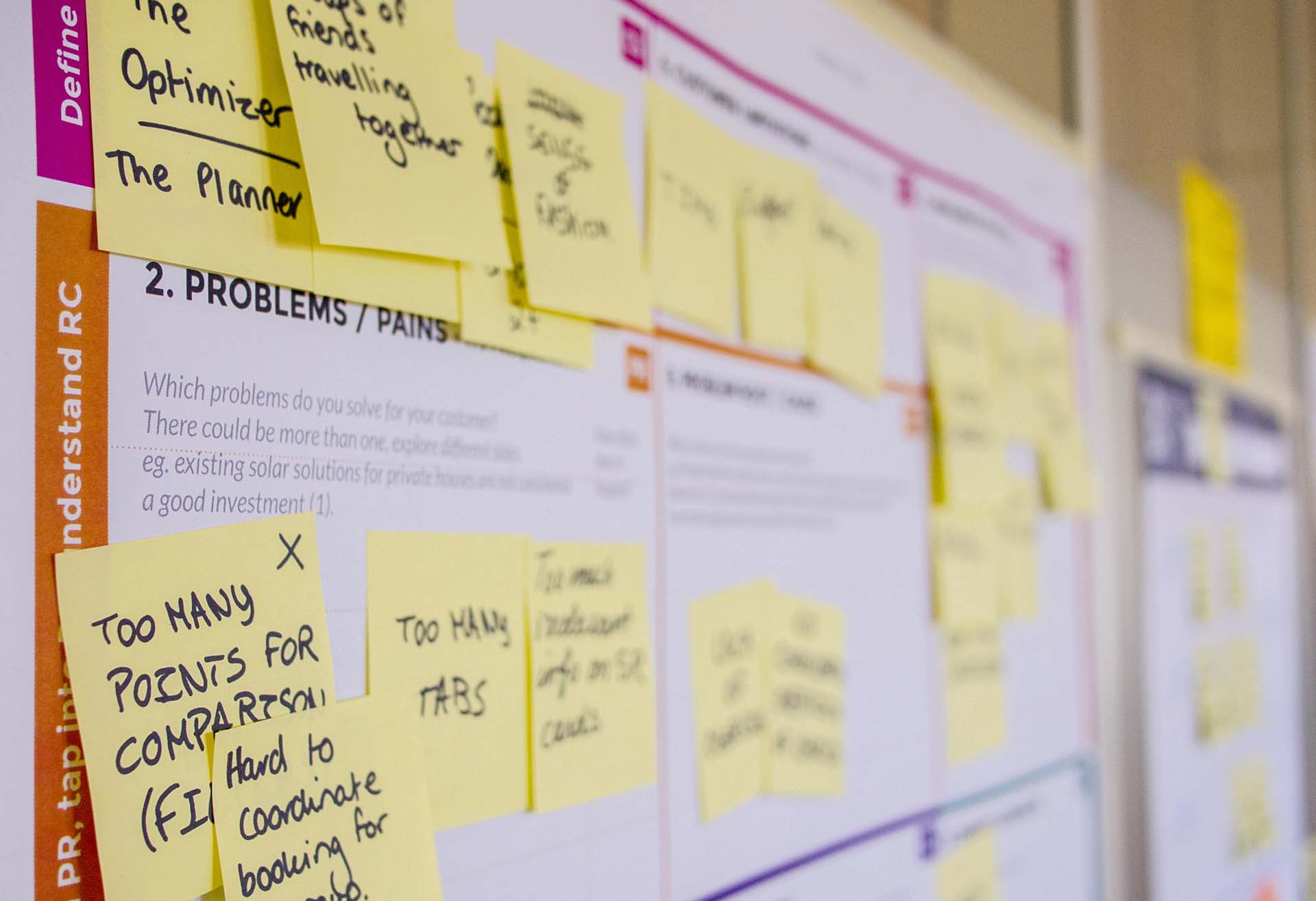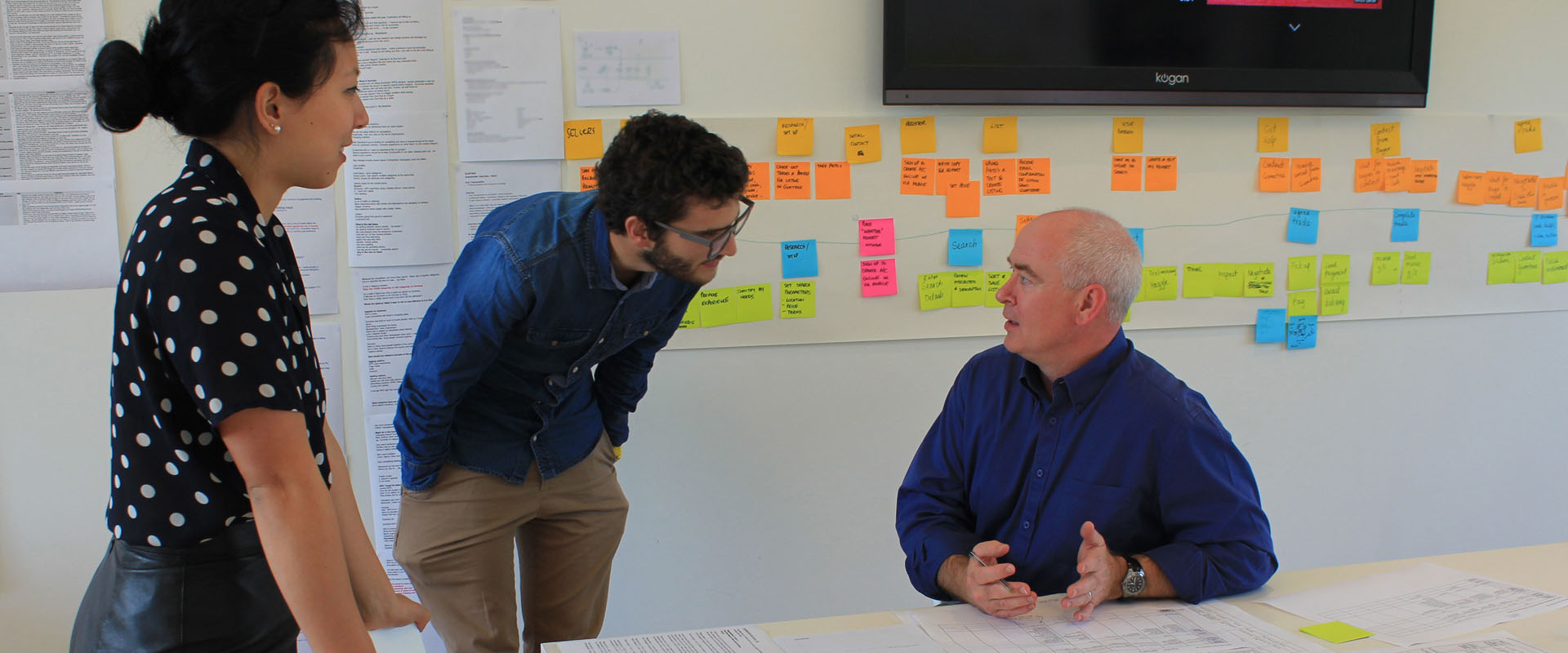Every three or four meetings we get asked some variation on the following question: “We absolutely love the comprehensive results you’ve delivered for other clients, but how much research do you think we really need to do for our project?”
Sometimes when businesses do their own market research, they do not get the results that they are hoping for. This can be frustrating, and often leaves them wondering if market research is worth the time and money.
The answer to the question of how much market research is needed depends on a number of factors, including the type of project, the size of the target market, the budget, and the resources available.
Why do market research?
Market research is the key to understanding your customers and what they want. It's important to be thorough when you conduct market research otherwise you will not improve your customer experience.
Without market research, you are essentially flying blind. You might think you know what your customers want, but unless you've actually asked them, you can't be sure. It's always best to err on the side of doing too much market research rather than not enough.
Conducting market research will also help you to understand your competition. What are they doing that you're not? How are they appealing to customers that you're not reaching? market research can give you the insights you need to make your business more competitive.
What are the different types of market research?
Primary research vs Secondary research
Primary research is conducted by you or someone you hire. This is original data that you collect yourself through surveys, interviews, focus groups, or market observations. Primary research is more expensive and time-consuming than secondary research, but it's also more reliable because you're collecting data directly from your target market.
Secondary research is conducted by someone else and already exists. This could be data from government sources, industry reports, or market research firms. Secondary research is less reliable than primary research, but it's also much cheaper and faster to conduct.
Qualitative research vs quantitative research
Qualitative market research is all about understanding your customers' motivations and emotions. This type of market research is usually conducted in the form of focus groups or one-on-one interviews. It's important to do qualitative market research early on in your project in order to get a better understanding of your target market.
Quantitative market research is all about numbers. This type of market research is usually conducted in the form of surveys. Quantitative market research can be very helpful in understanding customer preferences and behaviours, but it's important to make sure that your survey questions are well-crafted in order to get the most accurate results.
It's important to use both types of market research (qualitative and quantitative) to get a complete picture of your customer base: qualitative research and quantitative research. Qualitative market research can give you insights into why customers behave the way they do, while quantitative market research can help you understand how many customers prefer certain products or features.
What is the market research process?
The market research process includes four steps:
- Define your research goals. This means understanding your target customers; existing and potential customers.
- Choose your research methods
- Collect customer data
- Analyse your results
The market research process can seem daunting, but if you take it one step at a time, it's actually quite simple.
Market research is an essential tool for any business that wants to improve its customer experience. By understanding your customers, you can make changes that will lead to more satisfied customers and increased sales.
Why Proto believe in market research
What we have come to realise are two things:
- The mindset most of us used to adopt before the ‘Age of the Customer’ has become obsolete. The approach we all took back then was to analyse what we had in front of us, determine the best approach from the (maybe) three insights that we managed to uncover and then execute the marketing strategy. This all happened with little or no true understanding of what our customers really wanted. Therefore, in reality, customer problems were only partially addressed rather than being truly solved.
- The second thing we have come to realise is that there is still not a full understanding that great commercial and customer outcomes come from fresh insights that shed new light on a problem. And although sometimes you may chance upon a hypothesis that actually nails the true customer issue (or issues if lucky), for most of us the only way to develop compelling insights is to undertake a decent amount of design research.
Enacting service design without customer research is basically trusting luck to solve your problems. The only way to develop the compelling insights that drive outstanding service design is to undertake precisely enough primary and secondary research to develop a deep understanding of your customers, charting their reactions and emotional states as they move along your customer journey.
The Questions Behind The Question
So back to the question at hand: How much research is enough? Someone wise once told me to answer a question with another question to elicit what is really being sought out. So here goes with some clarifying questions:
- How important is it that you solve the challenge at hand correctly? Is it important enough that you answer it correctly or just get it sort of right? Depending on the scale of the decision, sometimes sort of right can be enough.
- What $ investment will follow or be made on the back of this research? Is it a $200,000 or a $20 million investment of people, technology, opportunity cost and other resources?
- How much do you know about the current problem at hand and how much research have you undertaken already? Even if the research was recently undertaken, was it the right type of research to provide you with the understanding you need?
- Do you need the research to prove or disprove your hunch or would you like to use the research to build alignment and understanding across the whole team?
- Do you have the expertise to determine what type of research is appropriate for the challenge at hand and do you have the right skillsets to take the raw data and transform it into a compelling range of actionable insights?
These are some of the questions that organisations would benefit from asking themselves as they seek to answer the question of how much research is enough.
Understand The Problem, Solve The Problem
Service design research is explicitly done to improve customer experience and business outcomes. It’s undertaken to determine what the problems are and when they occur. It also helps discover how serious these issues are to customers and what type of solutions holds merit in their eyes.
So how much research is enough is more than likely the wrong question to ask when it comes to customer research. Some more productive questions to ask would be:
- Do I really understand the problem I am attempting to solve?
- Have I proved what is the right starting point in understanding that problem?
- How important is it that I get it right?
Until these questions have been satisfactorily addressed, there is more work to be done.In our experience, it’s difficult to solve a problem unless we fully understand it and empathise with it. Great design is built on empathy. Without research, we can't connect with customers and build that empathy. Design executed without building empathy runs the risk of becoming disconnected from the customer and their needs, resulting in wasted time and misspent resources.
If organisations invest heavily in solutions before uncovering critical insights, they run the risk of investing in building a product that doesn’t answer customer needs. One example we came across was an organisation that wanted to create an entire self-service digital customer journey without conducting any research to find out if it was of value to their customer. The significant investment they were about to make in terms of people and resources was at risk of being wasted if it was not solving the job customers wanted to get done.
Research drives design. If the research hasn't answered the question, nearly everything that follows is time wasted. Every hour spent on conducting valuable research saves ten times that amount during the project phases that follow.
What do you really want as your outcome? Is your goal merely to build a functional service solution – indistinguishable from most other services developed over the last 20 years?
Wouldn't you prefer to design and create something that not only works, but seriously improves the experience of the people who use it, and those who deliver it too?
If the thought of seriously improving both your customers’ and your delivery team’s experience with a cleverly researched, carefully designed service excites you as much as it does us, contact Proto on (02) 8379 6600 and speak to one of our service design research experts.

